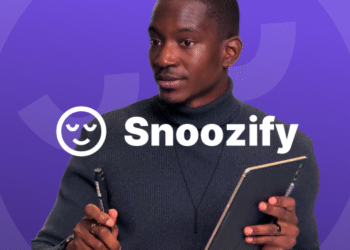OpenAI has introduced ChatGPT Group Chat, a feature designed to make AI a shared experience rather than a one-to-one tool. It marks a shift from private assistance to collaborative intelligence.
A New Shared Space for Planning and Problem-Solving
The update allows users to bring multiple people into the same chat alongside ChatGPT. It is built for moments when groups need to organise, debate, or create together. Trip planning, group research, project outlines, and joint decision-making now occur in one space, with AI as an active participant.
You can add people directly, start a fresh group, or convert an existing one-on-one conversation into a group thread without losing the original chat.
How It Works in Practice
Group chats support between one and twenty participants. New members set up a simple profile before joining, and all group discussions appear in a separate section for easier navigation.
ChatGPT responds selectively, rather than reacting to every message. Mentioning its name prompts a direct reply, keeping conversations more natural.
Web search, image generation, document sharing, and basic voice input are supported. Tools such as Canvas, full voice mode, and advanced agents are not yet enabled in group conversations.
Designed for Controlled Collaboration
Personal memory remains private and does not carry over into group chats. The feature does not save new group-specific memory by default, ensuring that personal histories or preferences do not shape group discussions unexpectedly.
Participation is by invitation only. Any member can leave at any time, and groups maintain clear roles for who can remove participants. Additional safeguards exist for users under 18, including parental controls and restricted content exposure.
Early Rollout and Platform Support
The group chat feature is being piloted in selected regions and is available across web, iOS, and Android. It works with multiple ChatGPT subscription tiers, from Free to Pro.
A Step Toward AI-Centred Collaboration
Group Chat signals a broader evolution of ChatGPT. It is no longer just a tool for individual productivity but a shared environment where ideas, documents, and decisions are shaped collectively.
For teams, study groups, and creative partners, the feature creates a new mode of working where AI becomes part of the conversation by listening, responding, and supporting the group’s goals with context and clarity.









